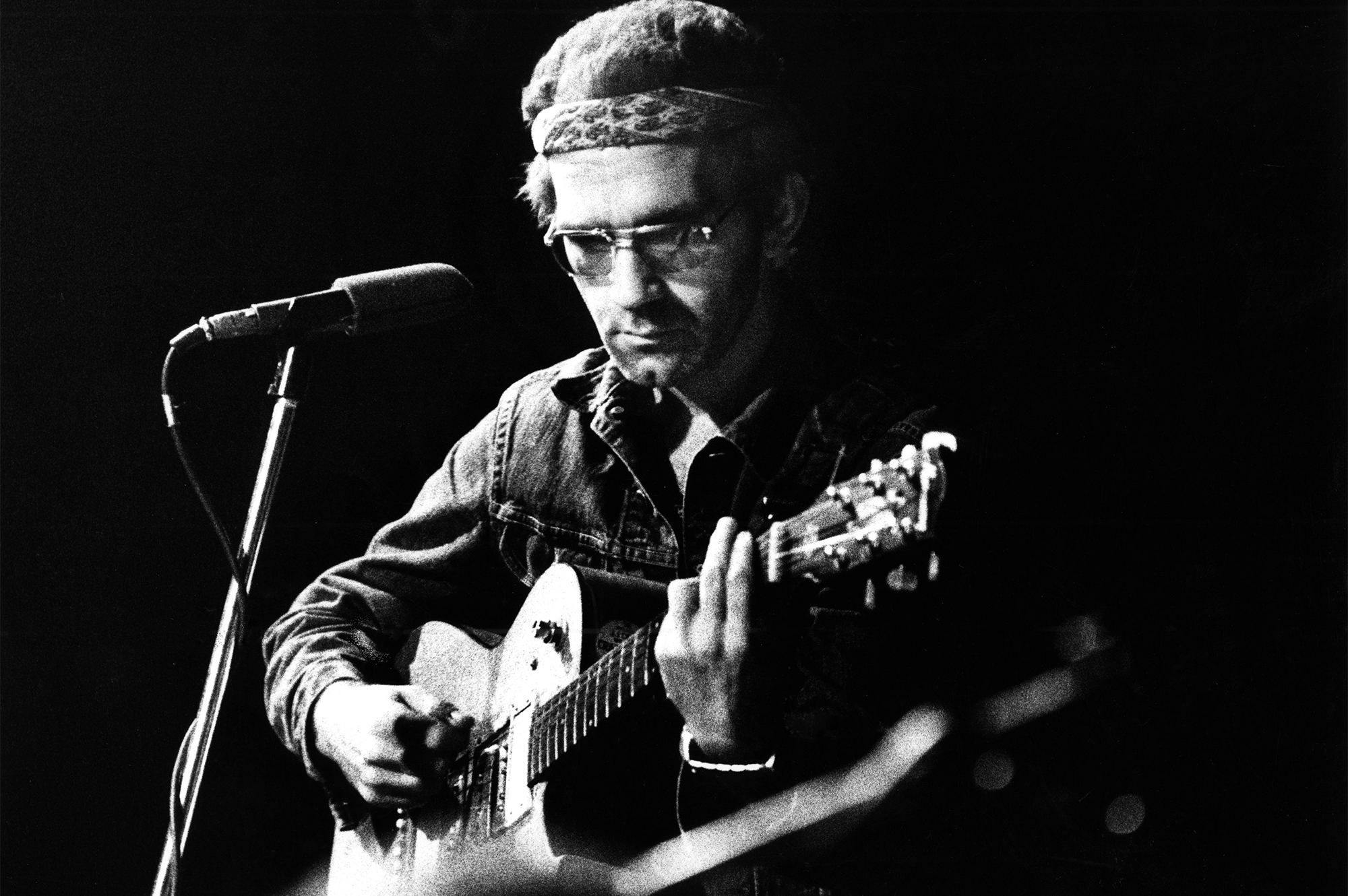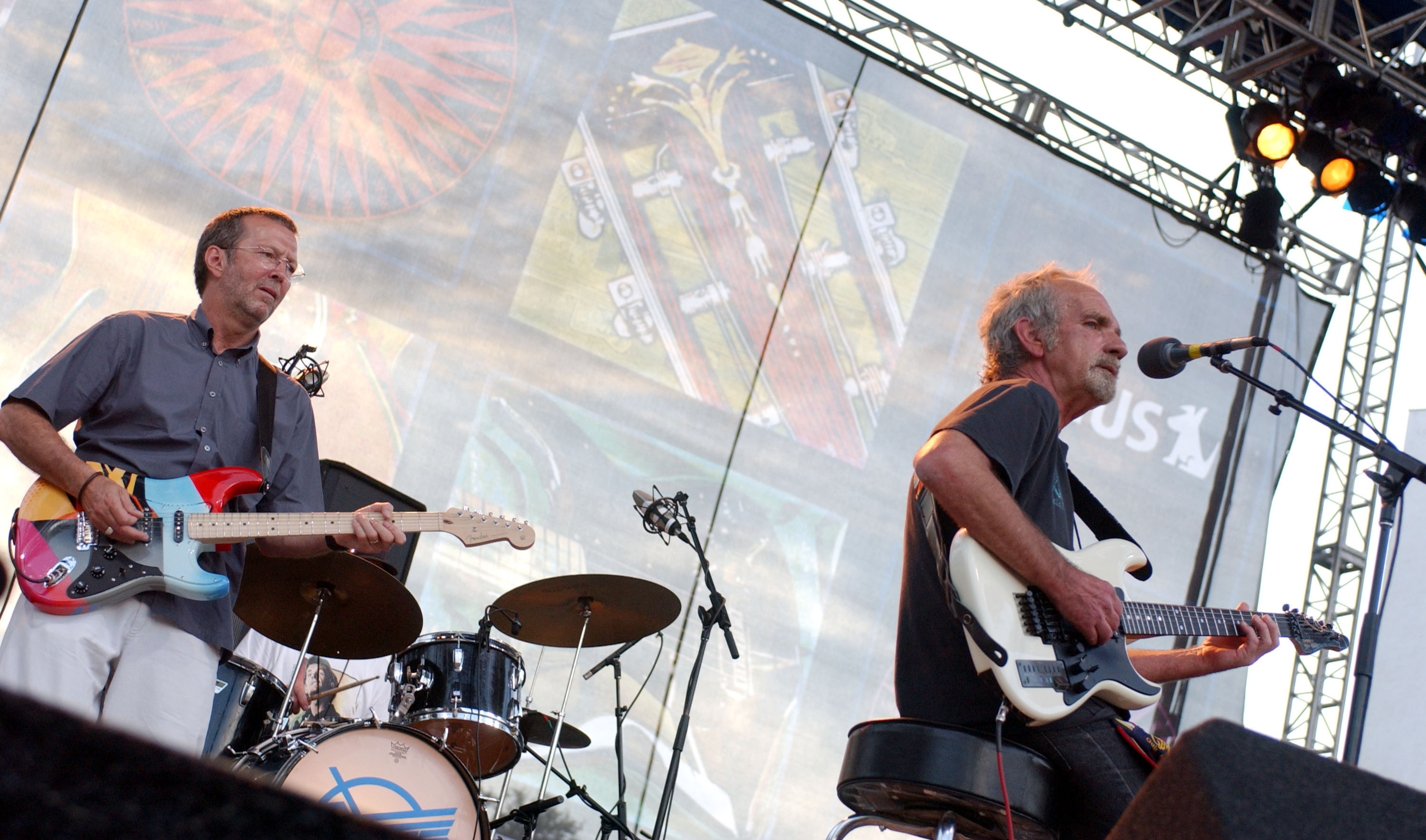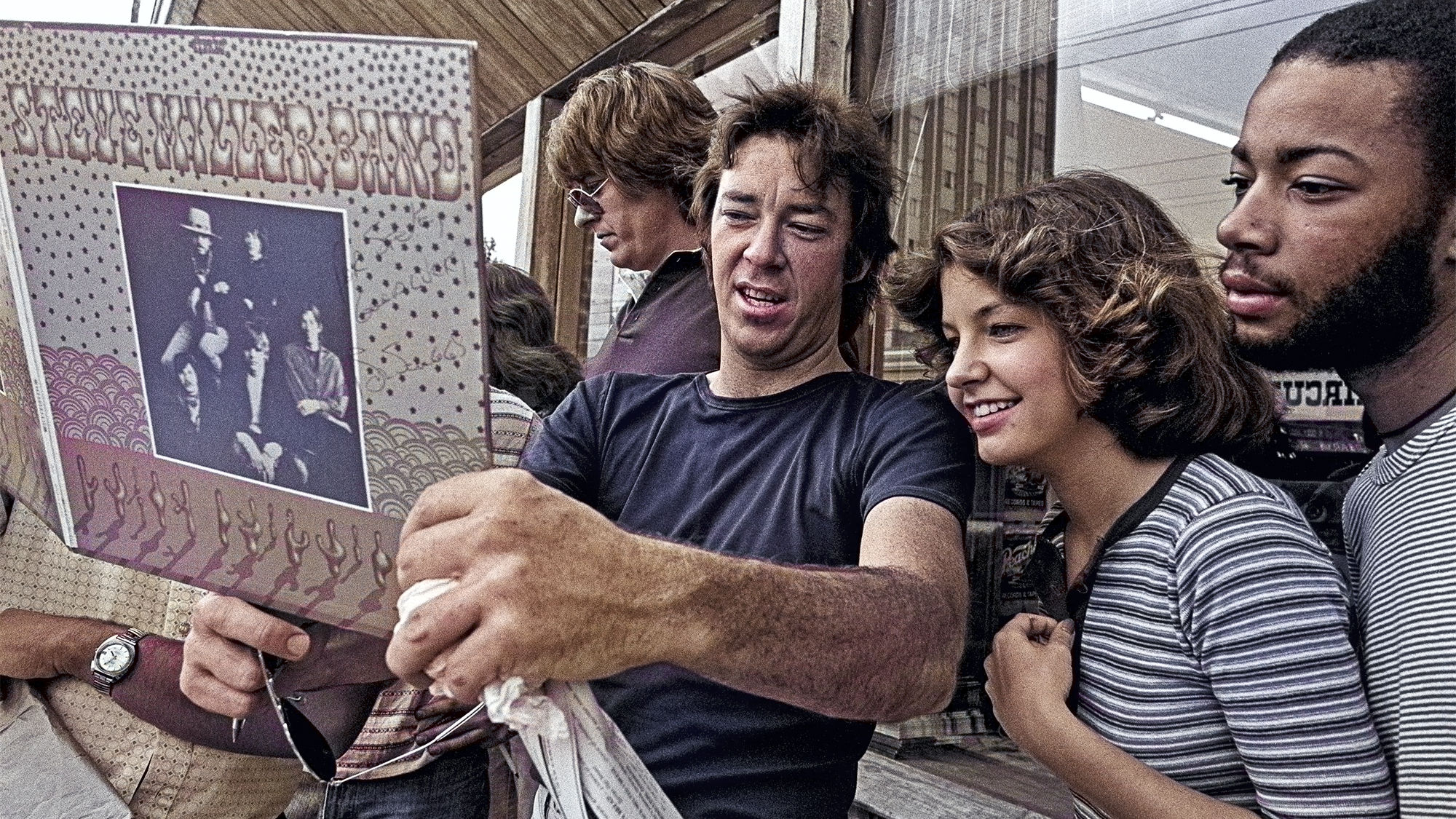“I said, ‘That's my tune!’ Went out and bought a Chevrolet.” J.J. Cale on his song that launched Eric Clapton’s solo career and made the laidback Tulsa guitarist a surprise overnight sensation
Cale reflected on the Tulsa sound and his sudden rise to fame in the years after Clapton cut "After Midnight"

“Each town, man, has a certain thing,” J.J. Cale told Guitar Player in 1977 during a visit to the magazine’s offices. “This town, San Francisco, responds to a certain kind of music; like a lot of the psychedelic stuff came out of here. Is everybody here psychedelic? Macon, Georgia; Detroit… Every place has its own brand of music.”
For Cale, that town was Tulsa, the Oklahoma city where he was raised in the postwar era. Born John Cale in 1938, the guitarist carved out a place in the local music scene, which in his day included fellow musicians like pianist and guitarist Leon Russell and bassist Carl Radle.
But Cale wouldn’t remain in Tulsa. In 1964 he ventured to Los Angeles, where he connected with Russell, Radle and a few of his other Tulsa buddies who had moved there. Cale played some clubs, including the Whisky a Go Go, where co-owner Elmer Valentine suggested he change his name to J.J. to avoid confusion with Velvet Underground bassist/violist John Cale. He also worked as a studio engineer for Russell's Skye Hill studio.
But nothing much happened for him, not even when he connected with Delaney and Bonnie Bramlett, the musical couple whose extended troupe — Delaney & Bonnie and Friends — would shape Eric Clapton’s career in the years after he found success with Cream, right up through Derek and the Dominos and Layla. Cale briefly toured with the group, which included his old pal Radle. In 1969, the Bramlett’s took their show to England, where they opened for Clapton’s band Blind Faith. Soon after, Clapton and his pal George Harrison were playing alongside one another in Delaney & Bonnie.
By then, Cale was back in Tulsa and making demo tapes at home. After years of working as a backup guitarist and struggling to make ends meet, he decided to try his hand at writing and singing his own tunes — which is what eventually turned his career around, and in more ways than one.

Carl Radle had some of Cale’s recordings, and he played them for Clapton, including one titled “After Midnight.” Cale had released it on Liberty Records in 1966, but nothing much happened with it. Clapton loved the tune and decided to cover it on his self-titled 1970 solo debut album. It reached the Top 10. From then on, doors that had been shut to Cale began to open.
“The guy actually helped me break into real bread,” Cale told GP. “I was just playing guitar in bars, and all of a sudden I heard ‘After Midnight’ on the radio. I said, ‘That's my tune. Watch out!’ Went out and bought a Chevrolet.”
All the latest guitar news, interviews, lessons, reviews, deals and more, direct to your inbox!
The publicity allowed him to cut his own record, Naturally, a 1971 release full of Cale’s easygoing grooves, languid and soulful guitar lines, and intimate but understated vocal style. The record gave him his biggest hit single, “Crazy Mama,” which reached number 22 on the Billboard Hot 100.
The guy actually helped me break into real bread. I was just playing guitar in bars, and all of a sudden I heard ‘After Midnight’ on the radio.”
— J.J. Cale
He also re-cut “After Midnight” at the suggestion of his producer, Denny Cordell, taking the song at a snail’s pace.
“The history on that deal was, the original ‘After Midnight’ I recorded was on Liberty Records on a 45-rpm, and it was fast,” he told Swampland.com in 2004. “If you listen to Eric Clapton's record, what he did was imitate that. No one heard that first version I made of it. I tried to give the thing away, until he cut it and made it popular.
“So when I recorded the Naturally album, Denny Cordell, who ran Shelter Records at the time, and I had already finished the album, he said, ‘John, why don't you put “After Midnight” on there because that is what people recognize you for?’ I said, ‘Well, I've already got that on Liberty Records, and Eric Clapton's already cut it, so if I'm going to do it again I'm going to do it slow.”
Which was appropriate given Cale’s background. The approach was part and parcel of the Tulsa sound in which he was steeped.
“All the guys around Tulsa always play in a sort of subdued way,” he told Guitar Player, “kind of the opposite of ‘show-off’ music I guess you might say.”
At the time he grew up there, Tulsa’s music scene was dominated by heartfelt country-western rather than brash rock and roll. The city’s musicians, similarly, reflected the laid-back nature of life in the city prior to its rapid growth in the 1960s. Cale believed he and others helped establish the tenor of the times for Tulsa performers.
All the guys around Tulsa always play in a sort of subdued way, kind of the opposite of ‘show-off’ music I guess you might say.”
— J.J. Cale
“I guess I had something to do with that, and Leon had something to do with it,” he said. “[Drummer] Jamie Oldaker, Carl [Radle]— everybody's kind of that way. They're not real outward kind of people. They may get that way under the influence of alcohol or whatever, but they're not usually.”
Cale’s introduction to music came about casually at age 10. A friend up the street had a guitar, and they sat around trying to learn songs from the radio and records, although it took years before he found any guitarists to inspire him.
“Records were always popular, but there wasn't a whole lot of guitar on them,” he explained. “I didn't start listening to guitarists till I was about 17, and that was Les Paul and Chet Atkins — you always heard their stuff. There was a guy in Tulsa — Bruce Cline — and Bob Wills' guitarist, Eldon Shamblin, too. Later on, I got into blues and jazz. I bought every record I'd hear.”

He began gigging around Oklahoma in the late ’50s and continued into the mid ’60s, playing mostly country-western and rock and roll on the job, while listening to and learning blues and jazz at home, primarily through records.
Remarkably, long before Clapton made him famous, Cale was a fan.
“You know, I liked Eric Clapton when he was with Cream,” he said. “I loved that, because I don't really play that way.”
By the time of our interview, Clapton’s solo career had gathered steam and he’d cut Cale’s tune “Cocaine,” turning it into yet another signature hit. Cale found it remarkable that Tulsa should affect Clapton so intensely that he would abandon his high-intensity hard rock style for the slower, more deliberate approach taken by Cale’s fellow Oklahomans and the musicians they played with.
“They influenced him — Delaney and Bonnie, Carl Radle, and that whole crew,” he said, noting that, in spite of it, Clapton was still Clapton as far as he was concerned.
“I probably don't notice the similarity as much as you do — but it don't bother me.”
Dan Forte was Assistant Editor at Guitar Player 1976-1978 and then from 1983-1989, where he became Editor At Large and interviewed Stevie Ray Vaughan, Mark Knopfler and George Harrison among others. He later became Editor At Large at Guitar World and is currently Editor At Large at Vintage Guitar magazine.
- Christopher ScapellitiGuitarPlayer.com editor-in-chief

